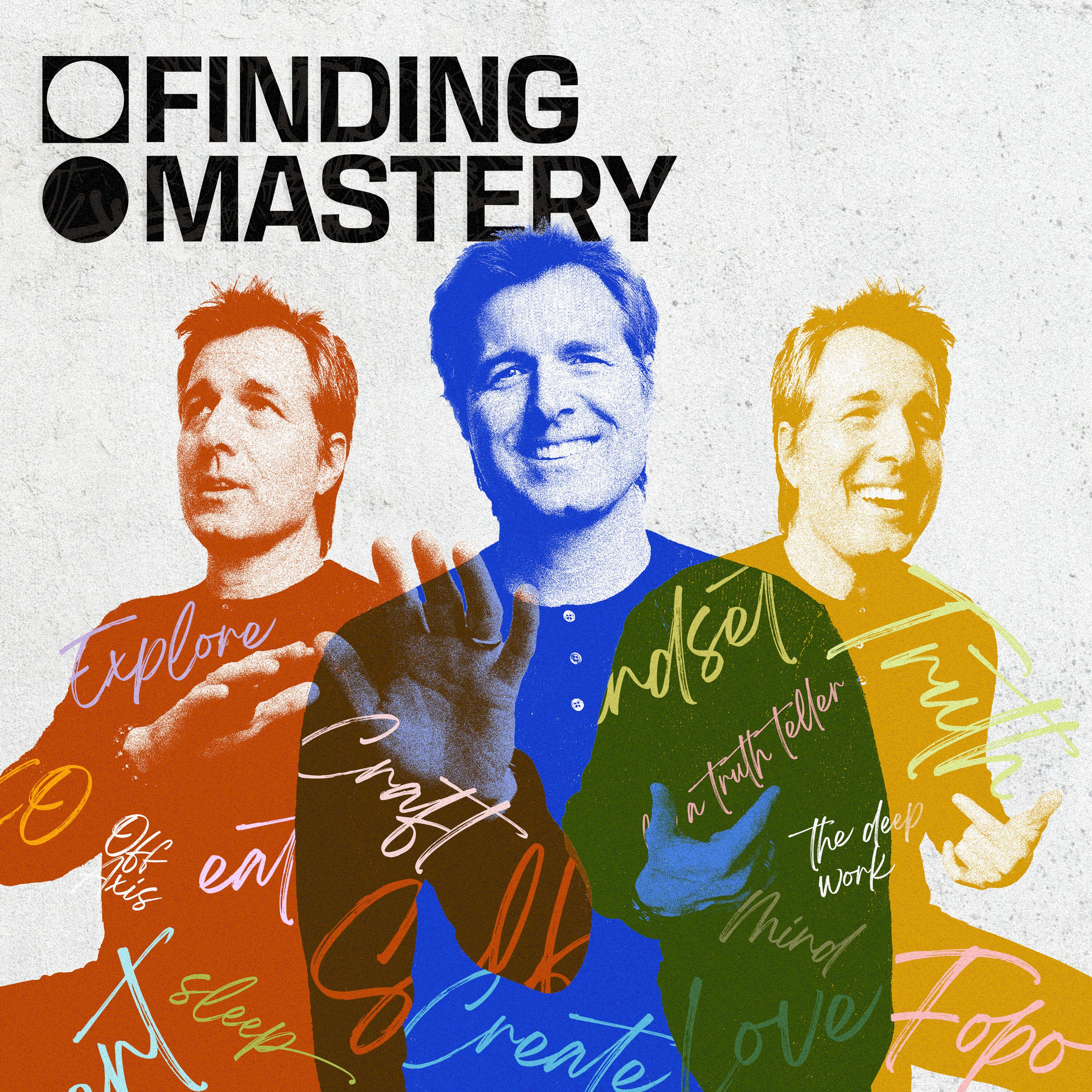Leading People
Gerry Murray talks to leading people about leading people. Get insights and tips from thought leaders about how to bring out the best in yourself and others.
Leading People
How to Brief AI So It Actually Helps You
Ever asked ChatGPT a question, looked at its response and thought… “This isn’t what I wanted”?
In this episode of One Simple Thing…
Gerry Murray reveals why so many AI prompts fail - and what to do instead. Discover how to brief AI tools like ChatGPT as you would a colleague, so they become your assistant, not your replacement.
You’ll learn:
- The six essentials of a good AI brief
- Why vague prompts produce vague outputs
- How to turn AI into a productivity partner (not a frustration machine)
Curious?
🎧 Listen now and transform your AI results with this simple leadership tip.
This is part of the One Simple Thing mini-series on using AI to lead better while staying human.
Follow
Leading People on LinkedIn
Leading People on FaceBook
Connect with Gerry
Website
LinkedIn
Wide Circle
Welcome to Leading People with me, gerry Marais, this week. It's One Simple Thing, where in each episode, I share a quick, actionable tip to help you bring out the best in yourself and others the best in yourself and others. One simple thing is created for young leaders, but hey, us older folks can still learn a thing or two. Ask my dog he's learned a few new tricks recently. Here's a question for you have you ever tried using AI and ended up thinking, well, that was a waste of time. Or maybe you've heard someone say I tried ChatGPT once. It just made stuff up. Well, you're not alone.
Speaker 1:When I first mentioned I was exploring how AI might help me, especially with my leadership work, I was often met with blank stares or even looks of horror. People would launch into stories about how ChatGPT hallucinates or gives inaccurate information. But what I quickly realized is that many of the people sharing these stories had never actually used ChatGPT or any other form of AI or didn't know what they were doing when they did. The more I worked with it, the more I understood. It's not magic and it's not dangerous. It's a tool and, just like any tool, it works best when you learn how to use it properly.
Speaker 1:That brings me to this week's one simple thing thing. Don't just ask AI to do something. Brief it like you would a colleague, and that means telling it who you are and, if relevant, your role, what you're trying to achieve, why this matters, who the message is for, what tone or format you need and even where or how it's going to be used. You'd be amazed how many people just say write an email to my team and then wonder why the result is bland, tone deaf or just not quite right. Why is this email so weird? Because your request was vague. That's why, instead, in briefing chat, gpt say something like I'm a team leader at a consultancy. I want to announce a change in how we manage project timelines.
Speaker 1:The goal is to get buy-in while assuring the team that it's not about micromanagement. Keep it friendly but professional, and aim for under 150 words. Now, that's a prompt that works because it gives the AI context clarity and a target. You stay in control and AI becomes your assistant, not your replacement. Remember, your results are only as good as your brief. Treat AI like a smart but literal colleague and you'll be amazed at what you get back.
Speaker 1:And that's another One Simple Thing. And that's another one simple thing your day. Let me know how you get on, reach out on LinkedIn and connect with me. Mention the podcast and if you'd like to learn more one simple things, then subscribe to this podcast on your favorite podcast channel and follow our LinkedIn leading people page. In our next episode of One Simple Thing, we'll explore another easy way to be a great leader by bringing out the best in yourself and those around you and in between. You can check out one of my longer conversations with leading people above. Yes, you've guessed it Leading people. So until then, keep exploring and stay curious, thank you.
Podcasts we love
Check out these other fine podcasts recommended by us, not an algorithm.

The Josh Bersin Company
Josh Bersin
McKinsey Talks Talent
McKinsey People & Organizational Performance
The News Agents
Global
The News Agents - USA
Global
Digital HR Leaders with David Green
David Green
Be Worth* Following
Tim Spiker
HBR On Leadership
Harvard Business Review
Economist Podcasts
The Economist
The Habit Mechanic - Unlock your Human-AI Edge
Dr. Jon Finn